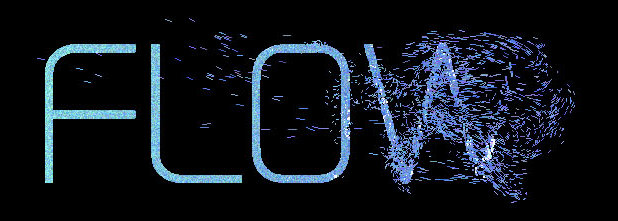Dzeverin | Fusion Growth
SHOULD WE SEE ENCLOSED MAN-MADE ECOSYSTEMS (LIKE DEEP OCEAN SUBMARINES OR ORBITAL STATIONS) AS ETALONS OF SUSTAINABILITY AND TRUE CIRCULARITY?
NOT A BUILDING PROJECT, BUT AN APPROACH
1. Work can be a fulfilling activity, however the necessity to work undignifies the human spirit. Any visionary architecture must eliminate the necessity to manually construct.
→ Building as a living organism; it’s self-evicting. Programmed by genome manipulation.
2. Technological advancements can push forward the availability of resources, essentially making any patch of land "resource-rich". Such resources include dispersed minerals in soil (such as iron and calcium metals, silicon) or ever-present carbon in the air. Buildings – made out of local materials on local energy – offer an important answer to the so-called hard-to-decarbonize sector of construction on the green path to sustainability.
→ The organism adapts its growth program according to substances available in situ.
3. Material knowledge and load modeling (including topological optimization) went far beyond the economically acceptable manufacturing possibilities of modern times. Thus, any visionary architecture must provide an answer on how to construct detailed, materially (and in terms of performance) optimized buildings economically.
→ Growth is inherently regulating, guided by different programmed tropisms.
WHY PLANTS?
1. Indeterminate growth
Unlike animals, plants have indeterminate growth, their eventual size isn’t programmed nearly as much as animal’s
Plants are capable of creating macrostructures, such as massive trees, even without any genetic modification.
After long stunted periods, they are capable to start growing again. In that, they are mimicking construction processes in architecture, including enlargement and rebuilding.
Many plants are evolutionarily driven to grow fast (such as bamboo). If the plant is taught to use fast hardening chemical processes, it can grow even faster than that. Among those alkaline silicate polymers.
2. Growth tropism
In plants, different programs of growth are activated by different stimuli (overall tropism). Through those stimuli (and genetic programming) a human can regulate the plant growth to the desired size, direction, and other parameters.
Plants can be programmed to strongly follow specific signals. Such include 3d light projection of a building layout, electrical signals transported by conductive tissues of the plant from a computer overseeing the growth, or microrobots-assisted distribution of chemical stimuli.
Mastering tropism – is the essential step in the success of the project.
3. Non sessile
Plants have many adaptations for non-sessile life.
Even though some animals can produce architecture-like skeletons (for ex. sea urchins), they are in many aspects adapted to movement and heterotrophy. This kind of organ and tissue specialization is rather unusual in plants, on the contrary, many plant tissues are self-supporting. Fungi are predominantly non-sessile and can produce hard structures (for ex. polypores or prototaxites), in that regard can be seen as a potential base organism as well.
4. Photosynthesizing
Plants are primarily or exclusively phototrophs. Since the most abundant source of energy is solar radiation, they are the most suitable.
Plants don’t absorb all of the daylight spectrum, don’t convert all of the energy on the spectrum they absorb, and don’t utilize all of the energy they convert into chemical or electrical energy. Their metabolism isn’t fast enough to require such amounts of energy. Considering many energy-hungry processes in the building, including electricity, heating, lighting, air, and water purification, the building must absorb as much energy as possible, thus the black color of the needles. Additionally, wind or water droplets can also trigger a piezoelectric reaction at the root of the needle, providing additional energy.
STEPS
1. Trees are naturally strong macrostructure, an obvious choice for architectural adaptation. Unlike many other trees, a baobab has a hollow inner core, created by a fusion of three or eight stems sprouting from the same roots. The logical first step is thus teaching the plant to fuse many more trunks, effectively encompassing a larger area. An extended root system allows the tree to grow much wider, yet still hollow trunk, potentially copying the ground plan of the building.
2. For structural stability, genetic programming can be borrowed from a plethora of organisms, capable of biomineralization. As a result, the organism is capable of creating the concrete-like skeleton of the building, though still hardly capable of sustaining many of its human-user-friendly functions.
As basis for the structural tissue can be some of the known biomineralized materials. For example, many microscopic animals have exoskeletons made out of silica crystals, which can be produced out of quartz, a very abundant mineral in the Earth's soil. Additional properties can be borrowed from Acantharia confocial, producing celestine crystals, from Patella vulgate, producing goethite nanofibers, from Crysomallon squamiferum, producing macro iron-based structures or from the Odontodactylus scyllarus toughest organic chitin-based material known.
3. The task is to optimize an organism for primarily human use, despite substantial disadvantages for the plant — such as susceptibility to herbivores. Instead of growing leaves on brunches, the tree grows leaves on the outer layer of the tissue. Universalization of the tissue isn’t the necessary step, yet allows to more efficiently use the material.
4. The task is fully specializing tissues for human use while increasing the necessary energy production. The whole tree can be transformed into one dome-like plant, with the photosynthesizing layer on the outside. Enhanced photosynthesizing layer opens possibilities for many energy-demanding processes inside a building.
Passive House stipulates Primary Energy use of no more than 120 kWh/m2yr. Averaged over the year and the day, the Earth's maximum normal surface irradiance is approximately 250 W/m2 or 2150 kWh/m2yr (for example, a solar panel in Norway 1050-1250 kWh/m2yr) which safely covers both losses in chemical accumulation and inefficiencies in photosynthesis.
5. Produced and chemically stored in fat tissue energy is then used in the air* and water purification, heat and moisture control, illumination**, and electricity production. Usage of friendly symbiotic organisms may seem to make the entire structure more resilient, however, such organisms may be more prone to damage (for example in the context of antibiotic, and antimycotic agents) and hardly would be as controlled.
* Respiration in plants relies on the microscopic entries, stomas. There, locally in the green area, the air is being utilized. Different organisms approach the transportation of gasses differently, by far the most efficient is relying on chemical bonds with molecules based on iron, such as hemoglobin. Similar liquids to blood can penetrate the building supplying it with building material, purifying water, and air, and suppling chemical energy.
**Humans can perceive only a small section of the spectrum of the light passing down through the atmosphere and need much less light than passing down at Earth at noon to feel comfortable. So even if the main source of energy for the organism overall is sunlight, it is still possible to provide the needed amount of indoor light inside, including with CRI 98, even at night or in gloomy weather.
|
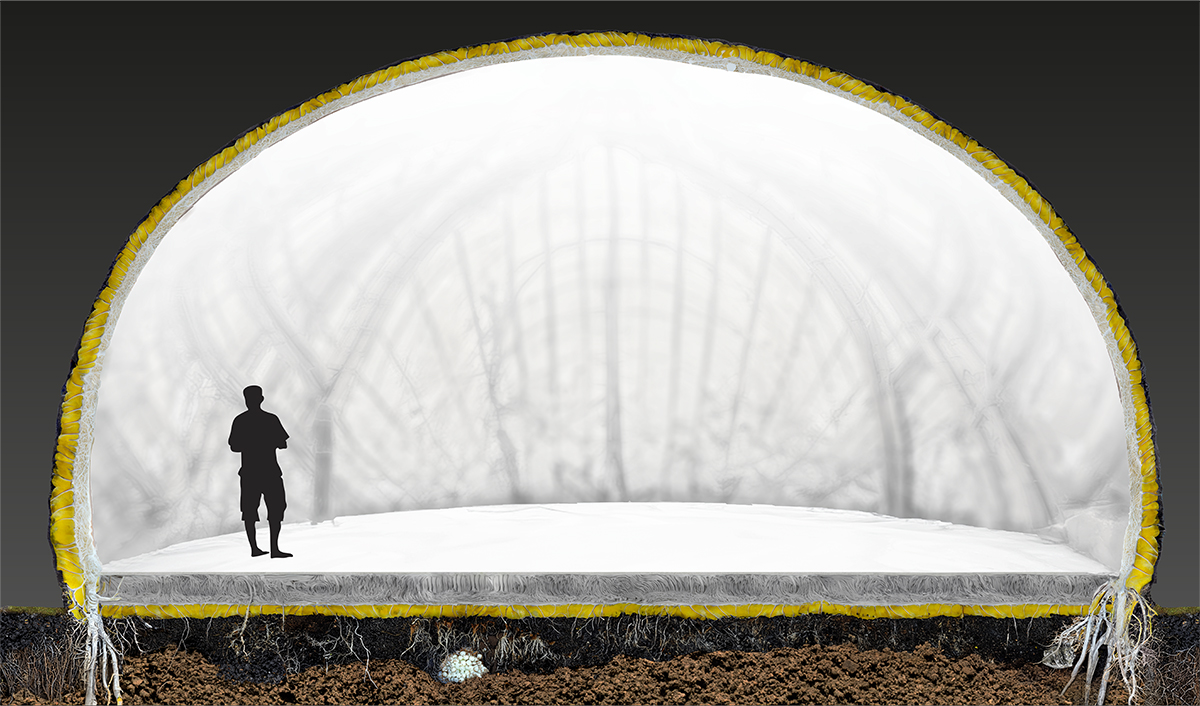
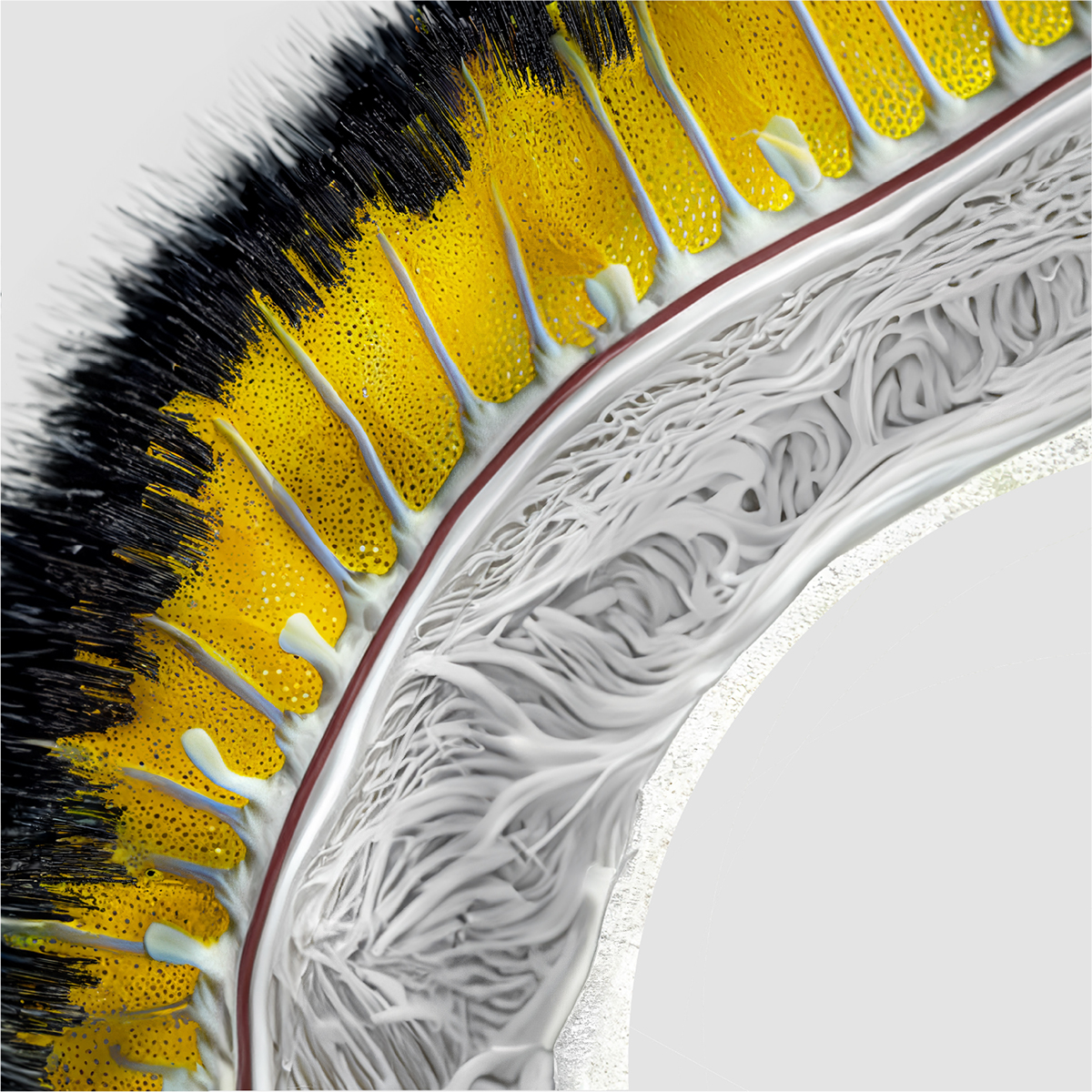
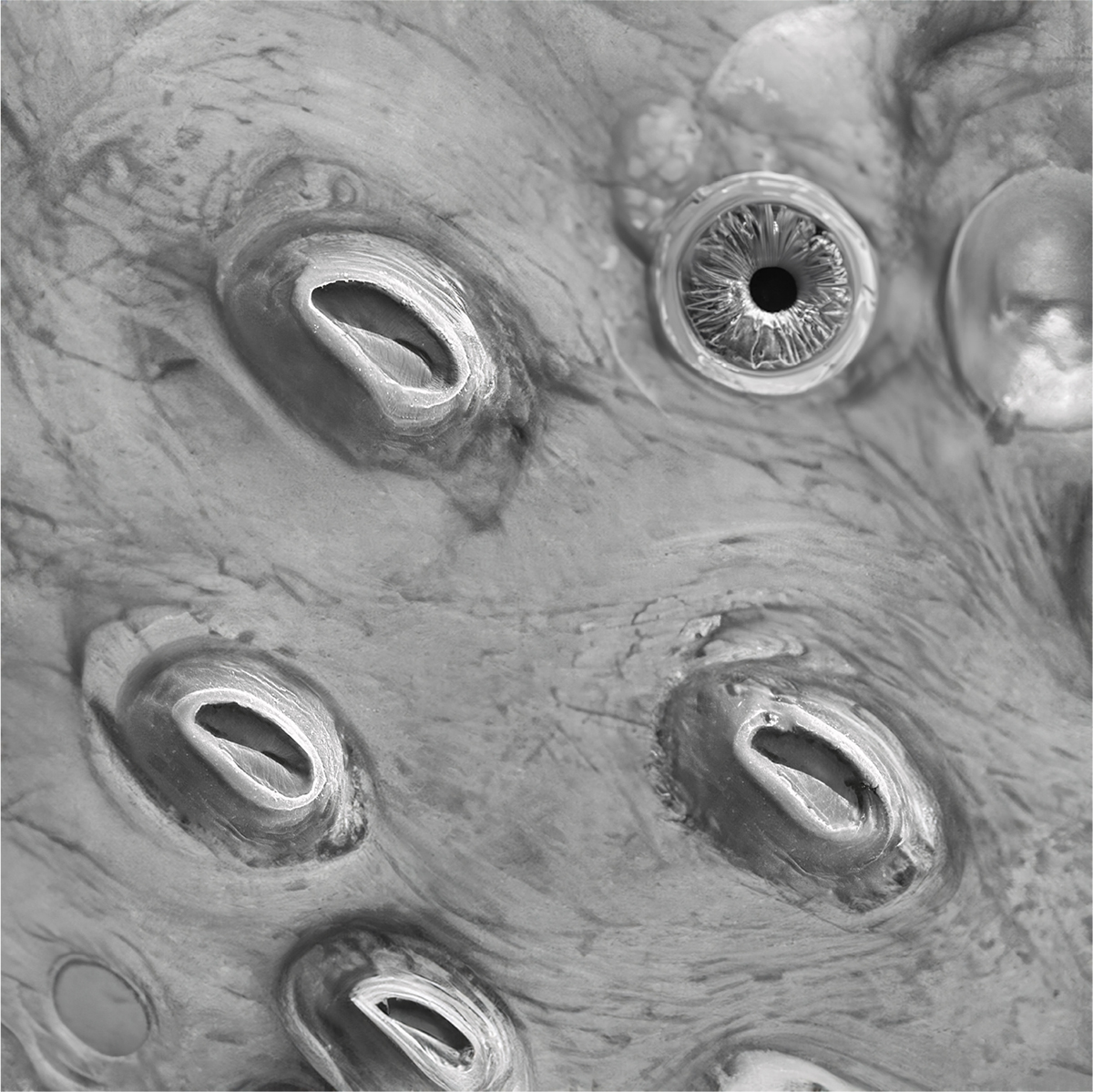
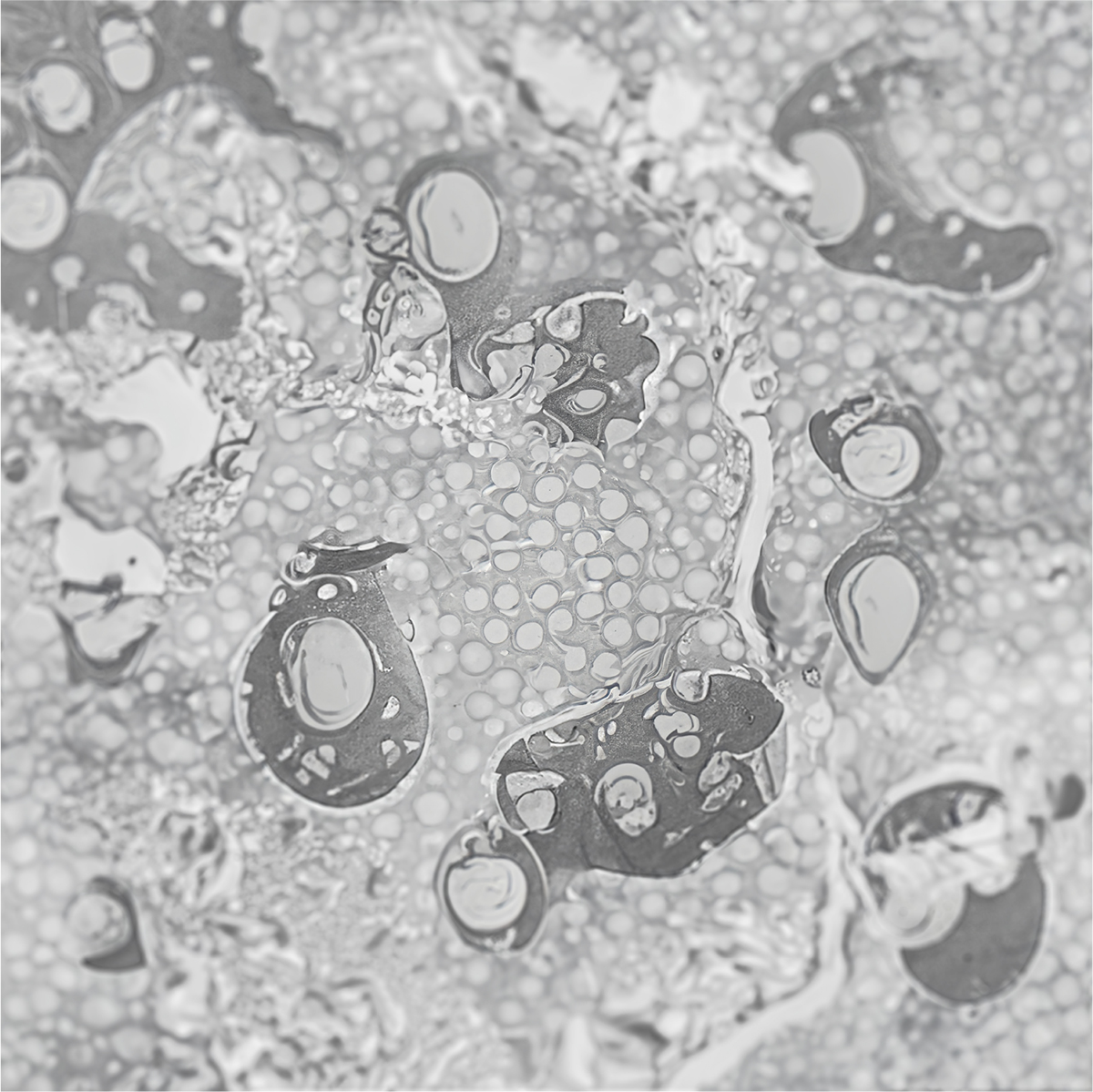
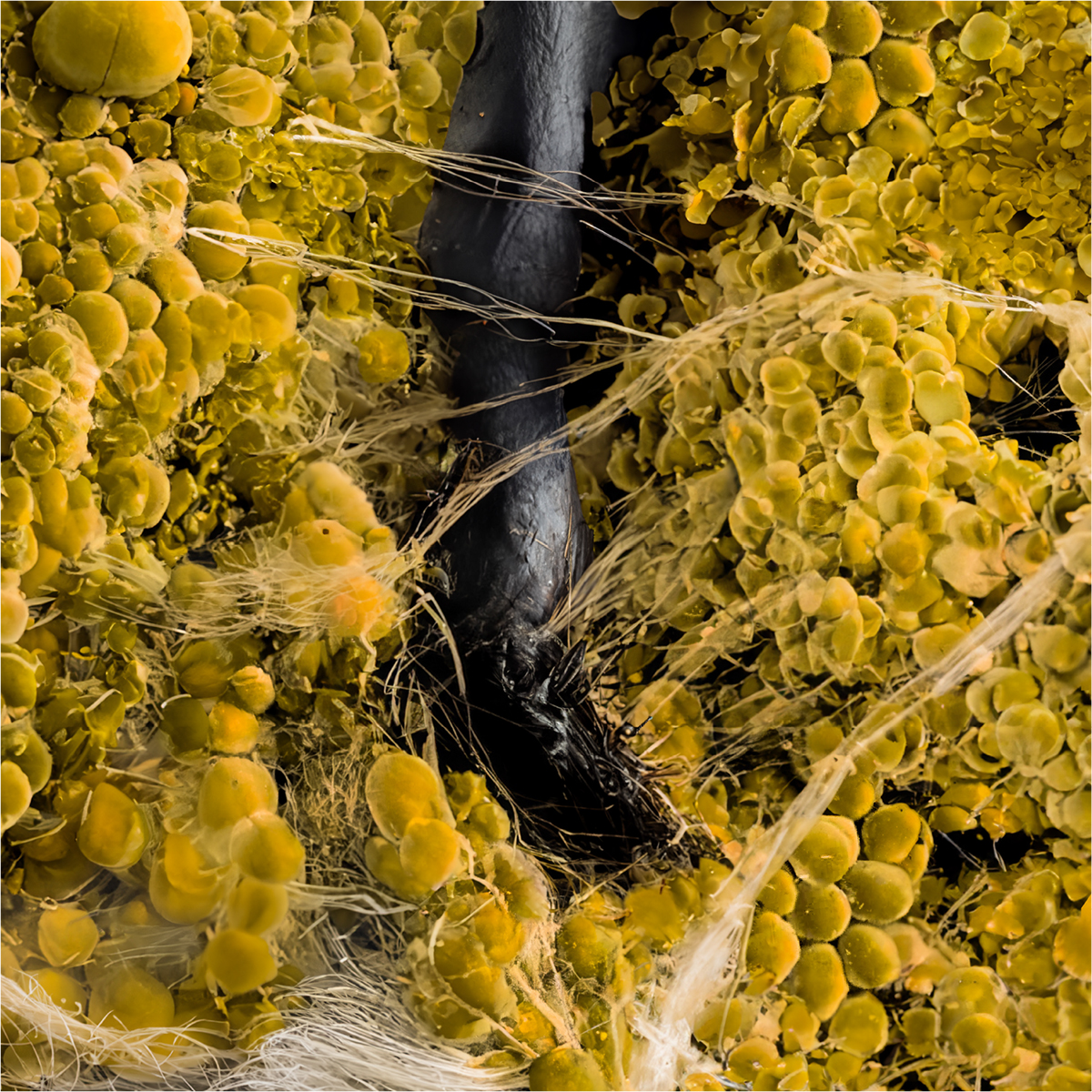

|
